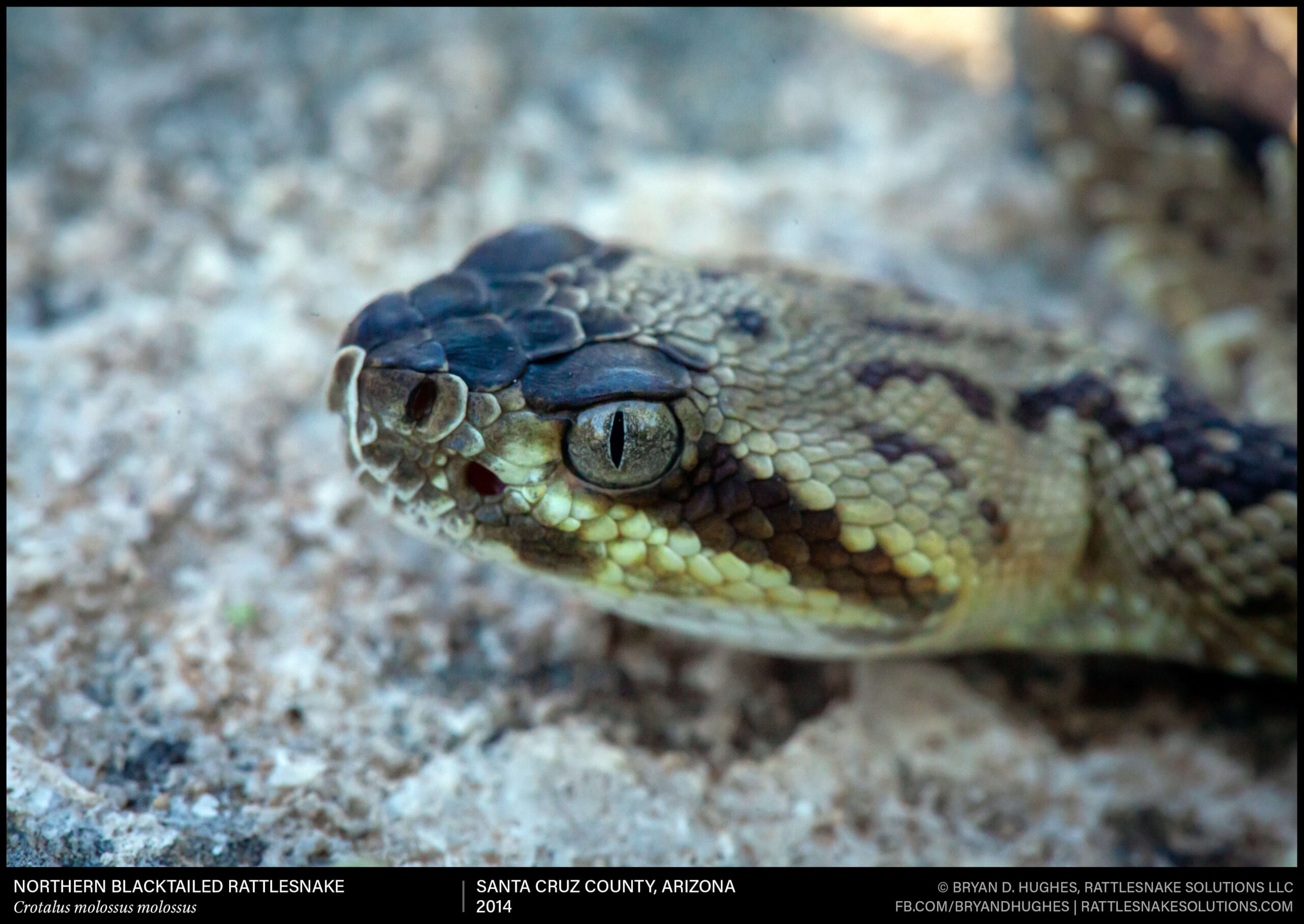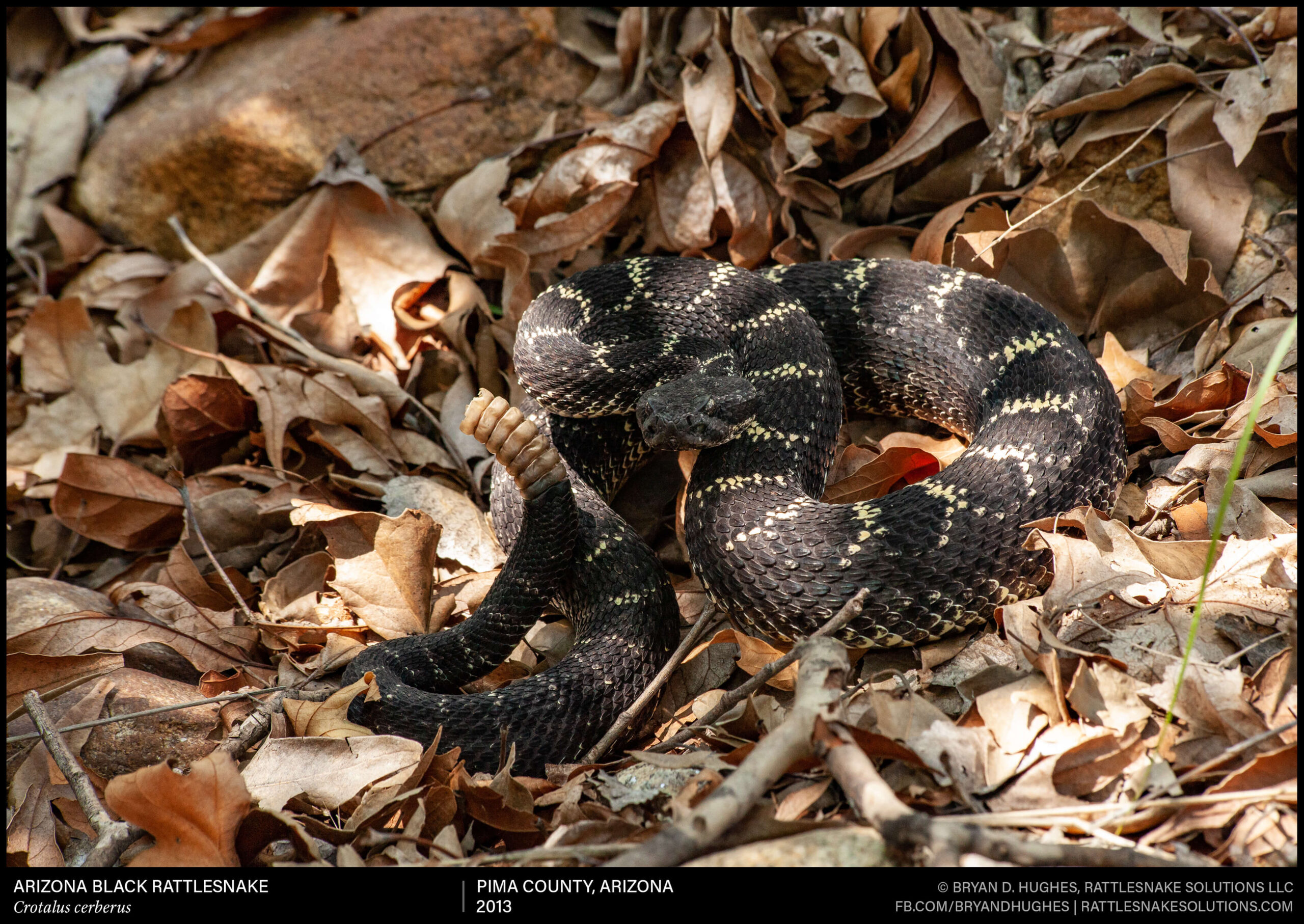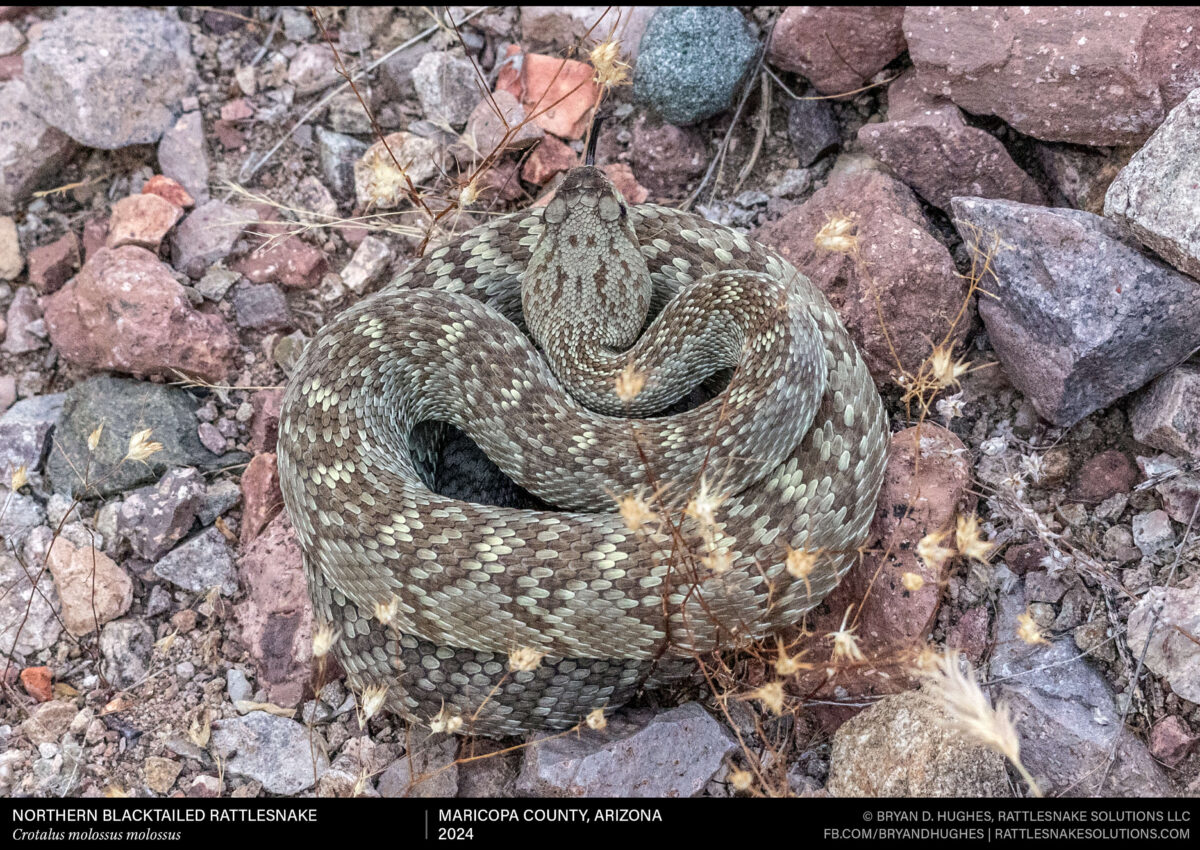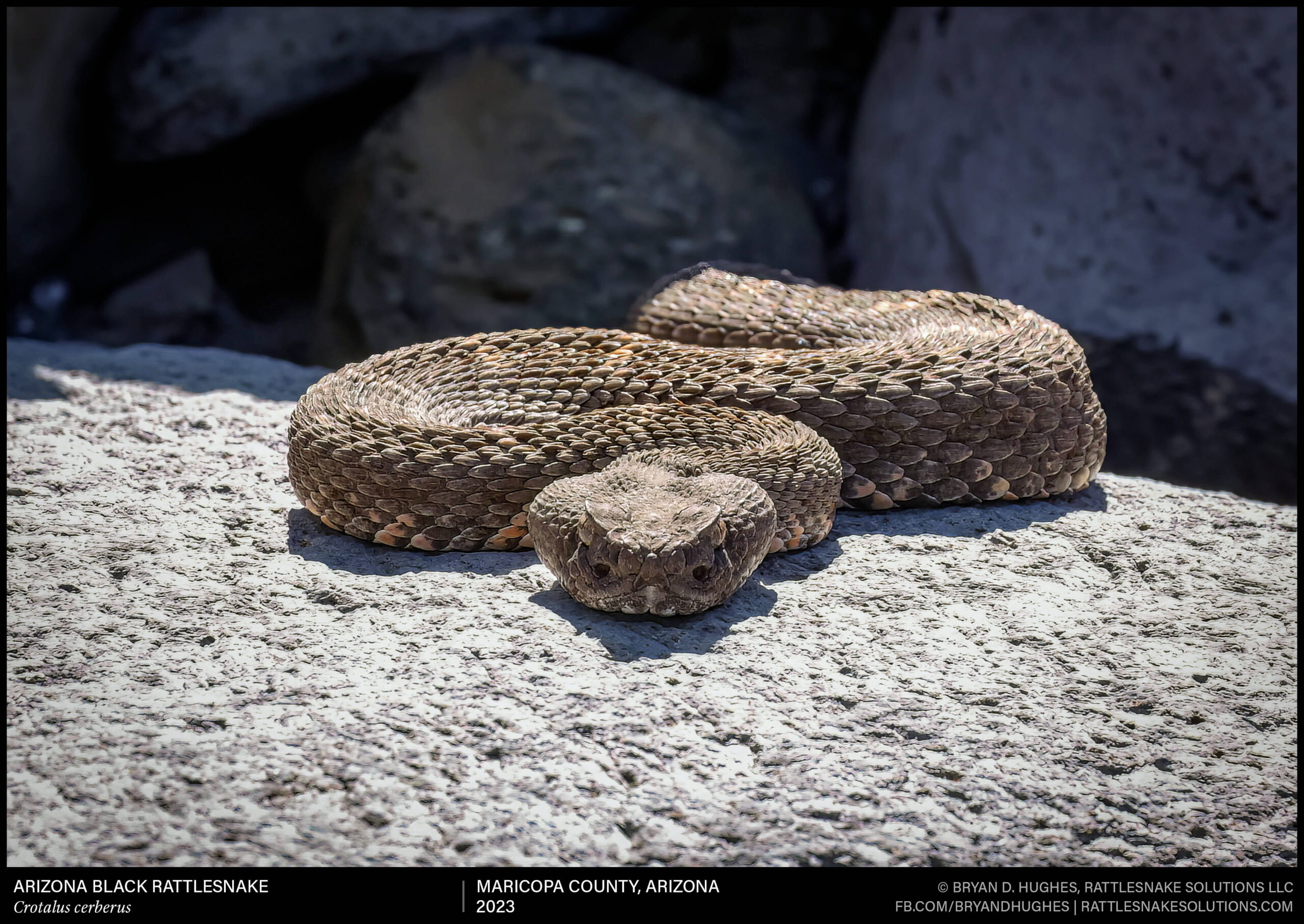Seeing a baby Blacktailed Rattlesnake isn’t especially common. This one was seen in southeastern Arizona just over 10 years ago. As it grows, it’s eye scale will darken, and in this region, the contrast between light and dark will remain just as vibrant. Hopefully today, this animal is still out there somewhere, midway into a long life.










